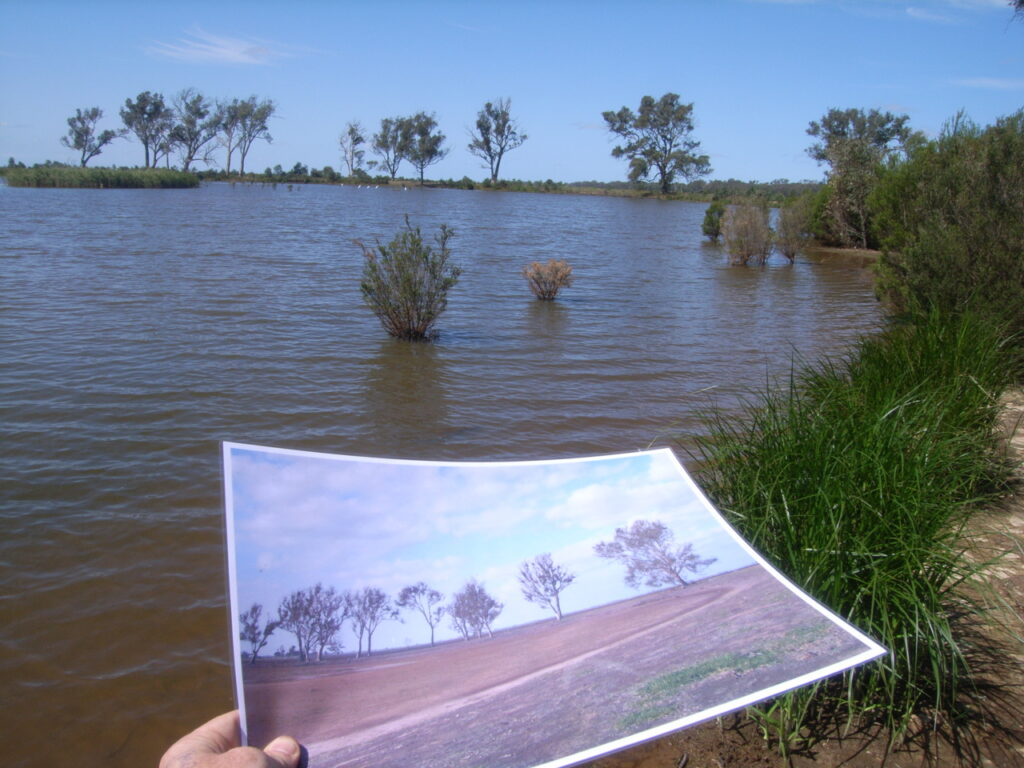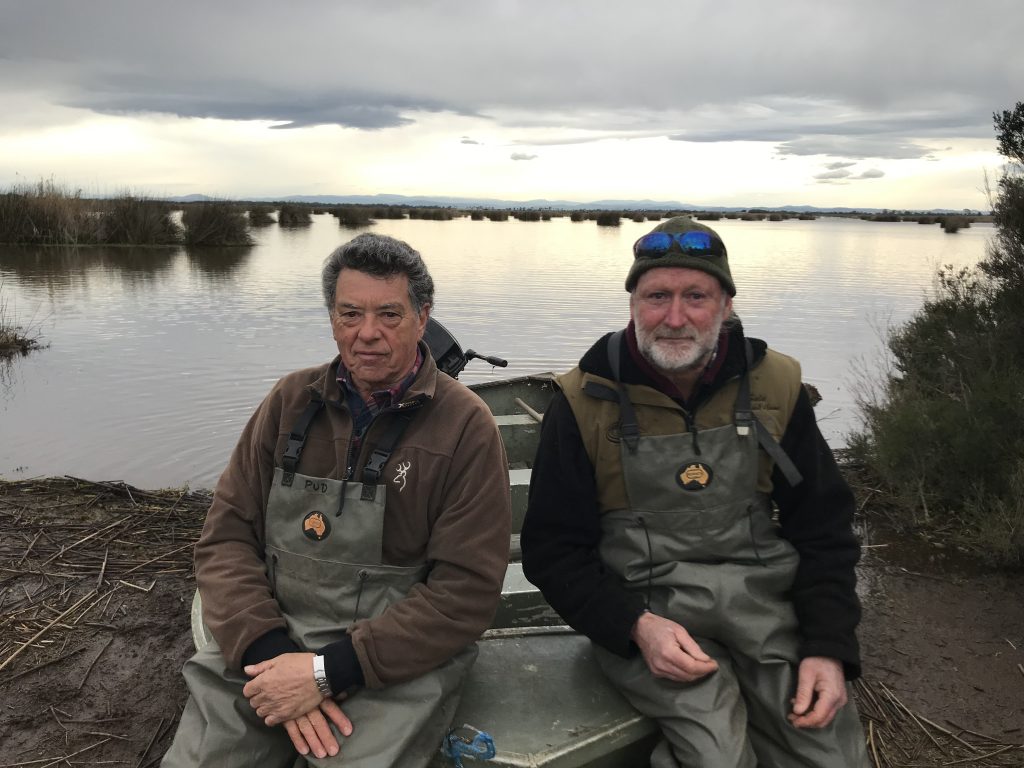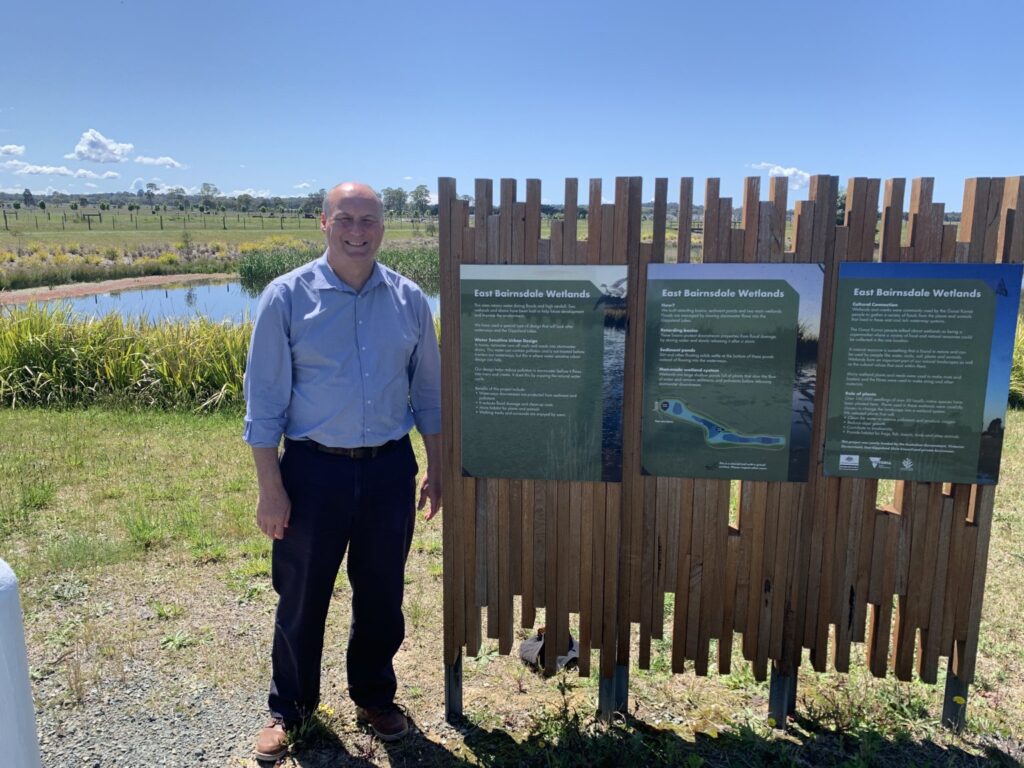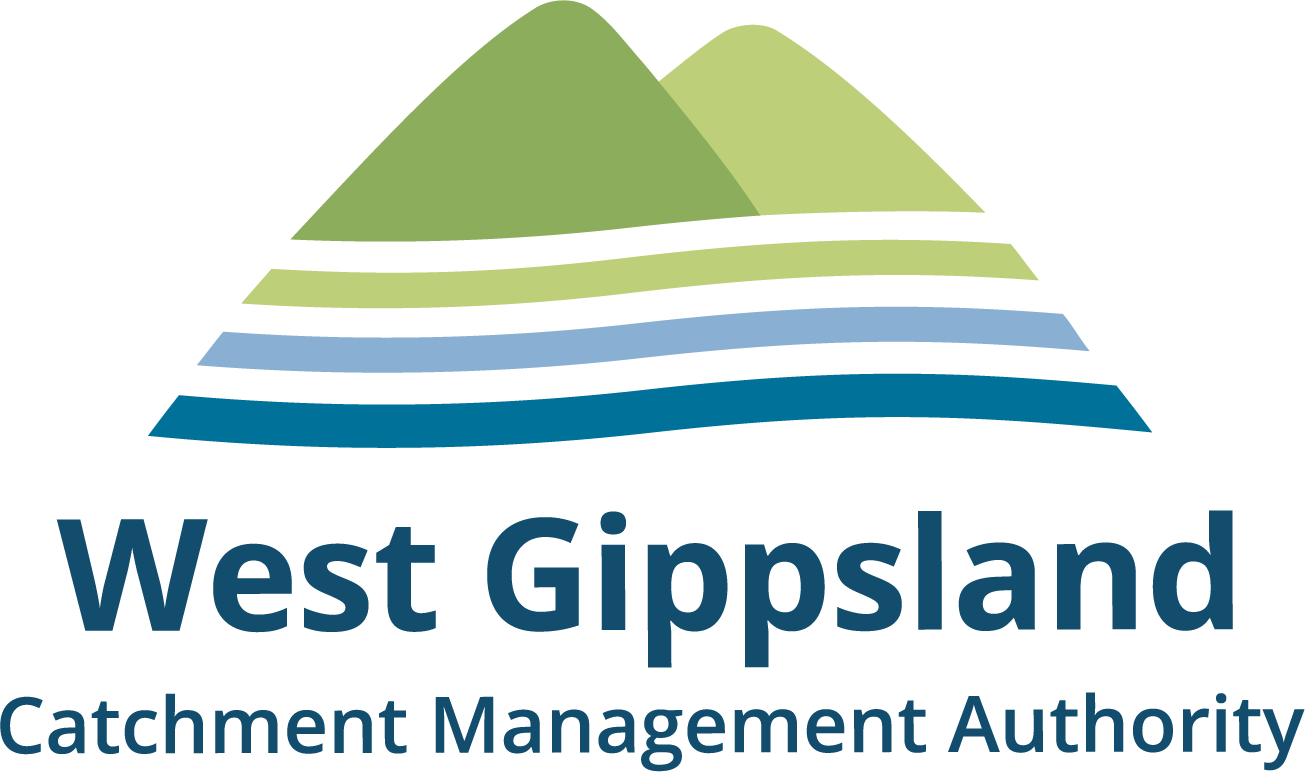This World Wetlands Day, the West Gippsland Catchment Management Authority is inviting people to recognise the amazing role wetlands play in the environment and to heed the call to take action to save the world’s wetlands from disappearing and to restore those we have degraded.
“Historically, wetlands were described as wastelands and landholders were paid by governments to deliberately drain them to allow the land to be used for grazing,” said CEO of the West Gippsland Catchment Management Authority (WGCMA) Martin Fuller.
While that position and approach was common in periods of the twentieth century, today governments and landholders see the benefits of wetlands through protecting existing sites and many landholders, communities and local councils are working to develop new, or re-establish older, wetlands.
“Across Gippsland we’ve got some great examples of wetlands which serve a host of functions in the environment,” said Environmental Officer with the WGCMA Dr Adrian Clements.
“Probably the largest wetland where work has seen a badly degraded site restored is Heart Morass, near Sale and adjacent to the Latrobe River,” said Adrian.
The 1800-hectare Heart Morass site was purchased through a partnership between Field and Game Australia, The Williamson Foundation and WGCMA in 2006 and has been slowly restored in that time.
Gary Howard from Sale Field and Game has been instrumental in the work that has taken place at The Heart over the last 15 years and is still surprised by how the area has recovered.
“You notice it when you look at old photos and realise how far we’ve come. It is amazing really, the weed control, the removal of carp, the planting of tens of thousands of native trees has all transformed the place and really wouldn’t have happened without the support of the Williamson Trust, the work of countless volunteers and Sale Field and Game members and the West Gippy CMA has now largely returned the Heart to a freshwater wetland. It’s the partnership that has brought these results. Amazing really.”
While at one level, improvement to a site such as the Heart is satisfying on an aesthetic level, from the environment and the Gippsland Lakes point of view, wetlands such as The Heart serve a vital function in protecting the Lakes.
“Effectively a wetland like The Heart is a massive filter,” says Adrian from the WGCMA.
“It catches a whole heap of flood water carrying solids and nutrients which we don’t want in the Lakes and allows them to settle in the wetlands rather than in Lake Wellington where they can contribute to algal blooms.”
That open body of water then becomes a haven for wildlife, migratory birds, insects and frogs adding extra layers of benefit from having a restored wetland functioning as it is meant to do.
While Heart Morass is a site with a longstanding history as a wetland, further east on the outskirts of Bairnsdale, a wetland has recently been constructed though funding from the Victorian State Government under its Love our Lakes program, the East Gippsland Shire and the Federal Government.
The East Bairnsdale Wetlands Project was opened in 2016 to capture stormwater from nearby industry and growing residential development.
Wayne Burton Environmental Sustainability Co-ordinator with the East Gippsland Shire Council says that while the site is relatively small and comprises three wetlands with another in development, its function is the same as the much larger Heart Morass site.
“As development occurs it hardens the landscape, meaning when rain events occur, that water moves across the landscape more quickly and in greater volumes with the potential for negative impacts on roads but also the Gippsland Lakes.”
This new wetlands system and approach is known as water sensitive urban design which Wayne says is inspired by nature and how it deals with water flow.
“What we are trying to do here is mimic the natural flow of water. We’re not trying to control it. We recognise that it’s going to flow through to the lowest point and go to where it wants to go.
Now you can try and control it. Good luck with that. So, we’re going to bend with it and work with it which brings us a result like we have here. A feature that is functional as well as an amenity for the community.”
Wayne also notes that a constructed wetland system such as the East Bairnsdale wetland has more capacity to meet demands of heavier rain events as might be expected with climate change.
“They’re not rigid, they’re quite flexible so, apart from providing habit for wildlife, they’re offering filtration services for nutrients, suspended solids, larger pieces of rubbish. They do the whole box and dice really.”
Reflecting on the increasing awareness around the important role of wetlands, CEO of the WGCMA acknowledges the effort put in by community members and others to establish and restore these vital parts of the ecosystem.
“Whether you look at the restoration of someplace like the Heart, the development of new wetland systems like in east Bairnsdale or at Heyfield, where that community has worked successfully to build a wetland over the last 20 years which is a joy to walk around and be a part of, you might say that wetlands are definitely back, doing what they’ve done for thousands of years as well as becoming a part of community life across the region.”
 Heart Morass Billabong five years after rehabilitation work had commenced.
Heart Morass Billabong five years after rehabilitation work had commenced. Gary Howard (Pud) & Geoff Glass (Pa) – Heart Morass.
Gary Howard (Pud) & Geoff Glass (Pa) – Heart Morass. Wayne Burton from East Gippsland Shire at the east Bairnsdale wetland project.
Wayne Burton from East Gippsland Shire at the east Bairnsdale wetland project.



